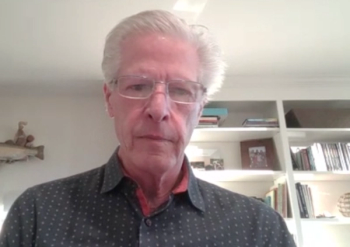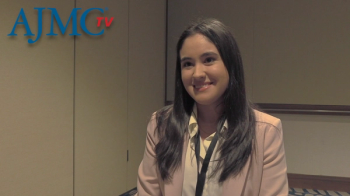
Dr Jeffrey Brenner Highlights Successful Care Models for Complex Patients
At the Putting Care at the Center conference, panelists presented their successful models for caring for high-needs patients, which were summarized by Jeffrey Brenner, MD, executive director of the Camden Coalition of Healthcare Providers. These models provided examples of how to scale up innovative approaches to care delivery and interventions.
At the Putting Care at the Center conference, panelists presented their successful models for caring for high-needs patients, which were summarized by Jeffrey Brenner, MD, executive director of the Camden Coalition of Healthcare Providers. These models provided examples of how to scale up innovative approaches to care delivery and interventions.
Transcript (slightly modified)
What was a key takeaway from the Putting Care at the Center conference?
The first panel was about the science of model building, and we had several generations of model builders who have some really remarkable models. So Sam Tsemberis, who was a pioneer of the Housing First model, which is a model that really has great evidence for it. Instead of putting a patient who’s homeless into a homeless shelter bed, you move them directly into a brand new apartment. We’ve been replicating some of this work in Camden, and it is the most amazing data I’ve ever seen. That defied the old model, which was to put people into a shelter, and it sometimes took years for them to ever get to permanent housing.
The second model builder was David Olds, who pioneered the Nurse-Family Partnership. There’s about 20 years of randomized controlled evidence showing that if a highly trained nurse goes and visits a pregnant mom, high-risk pregnant mom, every week throughout the pregnancy and then continues in the year after that, that it makes 20 years’ worth of difference, 30 years’ worth of difference. The moms do better in higher education attainment, better life outcomes, financial stability in their life, and also tremendous changes for the babies as they grow up, that they end up with better birth outcomes and better attainment of educational goals and other things. It’s showing that by intervening at this critical period, you can change someone’s life.
The model’s scaled up all over the country, so Sam’s model and David’s model are examples of models that were really invented a while ago and now have begun to spread across the country. The other 2 models were Cherokee, which is a behavioral health-integrated model, it’s an FQHC that does behavioral health integration, and the last model was the Commonwealth Care Alliance up in Massachusetts, which is a dual-eligible plan that does some very interesting integrated work in changing how care is delivered.
So I think the purpose of the panel is really to see all the convergent evolution and convergence of, how do you hire and train the right people? How do you have the right care philosophy and approach to complex patients? How do you realign funding streams? It’s very clear across these models that there’s been similar solutions. The other thing I’ve had to work on is how do you have fidelity to a model but still allow flexibility and innovation, and then how do you scale the models. So I think it was a pretty powerful first panel.
Newsletter
Stay ahead of policy, cost, and value—subscribe to AJMC for expert insights at the intersection of clinical care and health economics.















































